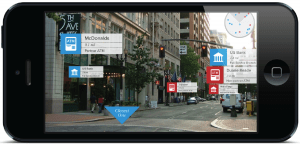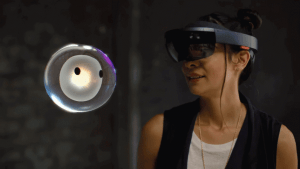The number of reality terms floating around the tech world these days are unreal (get it?). Ok that was weak, but the new realities we have coming from companies like Microsoft, Google, Apple, HTC and others are anything but. However the terms are confusing so below is a primer on what each of the different virtual reality means today:
Augmented Reality is the most

Virtual Reality is the one everyon

This is the new reality, or is it. This ter

This website uses cookies.
View Comments
Automobile racing games are an example of immersive virtual reality that provides the user the feeling of speed and driving capabilities. metaverse developer Designed for gaming and various amusement reasons, VR use in other sectors is expanding That will help prevent breaking the illusion you generate, be certain your application updates scenes sixty instances for every second so objects don’t show up to leap or flicker.